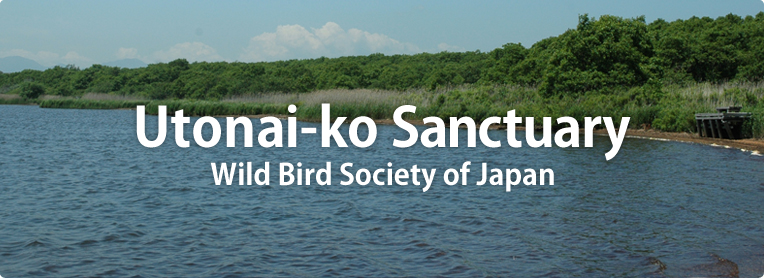
Wild Bird Society of Japan (WBSJ) is a private organization founded in 1934 which has over 50,000 members including financial supporters and 86 chapters throughout Japan. Its purpose is to protect birds and their habitats, to encourage more people to enjoy bird watching, and to carry on research concerning the status and habitats of birds.
WBSJ is the Japan Partner of BirdLife International, who is the leading authority on the status of the World's birds and issues and problems affecting them.
| Open hours: | 9:30 - 16:30 |
| Open days: | Saturdays , Sundays and Holidays |
| Admission fee: | Free |
| Address: | 150-3, Uenai, Tomakomai, Hokkaido, 059-1365 Japan |
| Phone: | 81-144-58-2505 |
| Fax: | 81-144-58-2521 |
| E-mail: | [email protected] |
Utonai-ko Sanctuary was established by Wild Bird Society of Japan in 1981, as the first sanctuary of Japan. In Dec. 1991, it was designated as the fourth Ramsar site in Japan. So far about 270 bird species have been recorded . Lake Utonai-ko is one of the major stopover sites. From New-Chitose air port that is an air gateway for Sapporo City, it takes 15 minutes by bus. Rangers of WBSJ will welcome you.
The purposes of the establishment are:
1. To conserve the nature of Yufutsu-genya plain, which is an important
stopover for Waterfowl and Swans, and makes Utonai-ko Sanctuary
a major base for nature conservation activities.
2 To offer the site for people to enjoy nature, and to conduct environmental education and field research for human resource development.
3.To encourage the diversification of the means of nature conservation
and to show how natural parks should be, by establishing the first Sanctuary
in Japan.